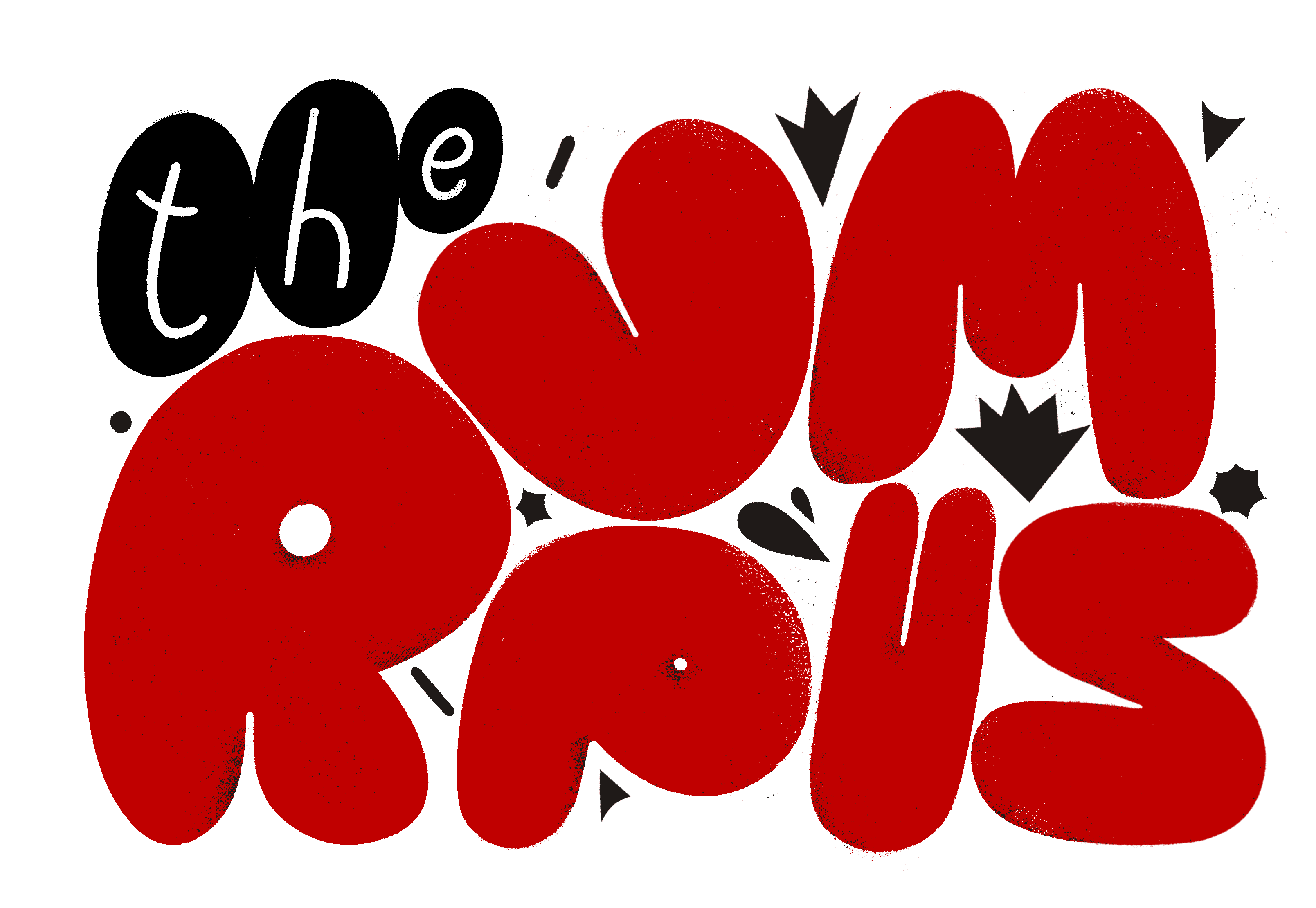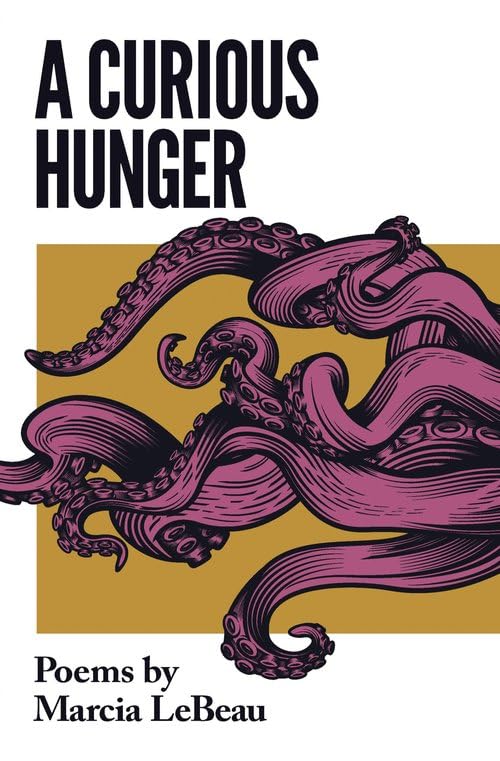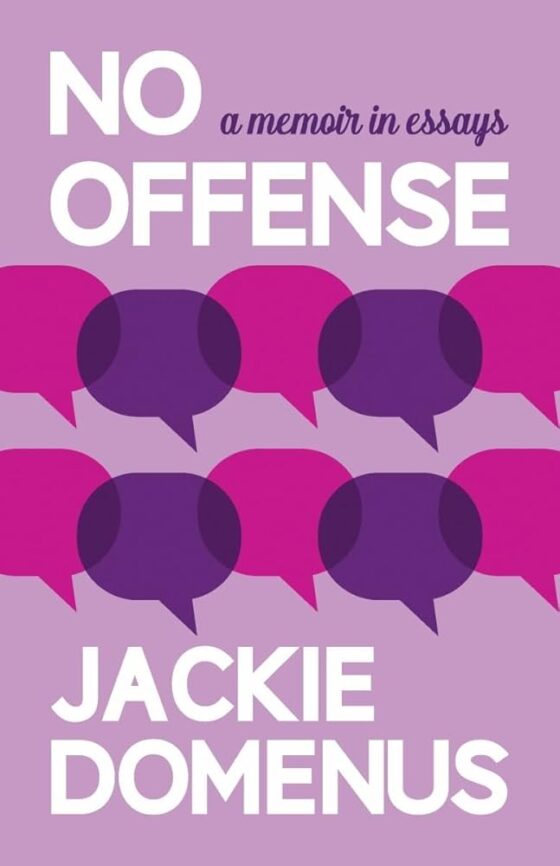
I used to play a game when I lived in Moscow in my early twenties. I would see how deep into a flirtation I could get while pretending to be a Russian girl; in actuality, I am American. My Russian-language skills were limited, but in a famously patriarchal culture, a young woman like me wasn’t expected to talk much. It was always a great amusement to be squashed up in a booth with some American finance guy or Russian gangster, thigh against thigh, breathing in his booze-breath, waiting for the breaking surprise on his face when he’d finally ask a question complex enough that my accent would show. The simulation was not difficult: if I dressed right and carried myself right, sometimes I made it for hours. This was the mid-nineties, the Iron Curtain had only just lifted, and we all still knew who we were.
Julia Kornberg’s Berlin Atomized (Astra House, 2024; translated by Jack Rockwell and Julia Kornberg) was originally written in Spanish and published in Mexico and Argentina in 2021, when Kornberg was twenty-five years old. The novel’s narrative frame is set in Tokyo in 2063, and most of its immediate action chronicles the adventures of the three Jewish siblings, the Goldsteins. Born in Buenos Aires prior to the turn of the millennium, they have scattered across the globe in search of identity and meaning. Berlin Atomized is an adventure story and a family drama, but in many ways it’s also a book about the internal and external chaos of growing up during globalization in an exploding, rootless world—one in which young people can’t tell who they are. Ultimately the novel has some weaknesses—the author doesn’t have the answers herself and is very young—but she captures the predicament well.
The volume begins with first-person commentary set in 2063 from an “editor,” the character Angélica Oshiro, who turns out to be a childhood friend of the Goldstein siblings, from a Japanese expatriate family. After this, in Section I “RICH KIDS WANT TO DIE, TOO (2004–2018),” we meet the three Goldsteins: Jeremías, Mateo, and Nina, who narrates this section. Angélica claims to have “resurfaced” Nina and Jeremías’s words, supported by other documents acquired in a moment of “hacker bravado.”. The book alternates between Nina’s and Jeremías’s accounts, with interjections from Angélica.
At the start of Section 1, the young Goldstein siblings and their parents have moved from the center of Buenos Aires to a “dystopian suburb” named Nordelta, described by Angélica as a megalomaniacal project that relocates a working-class slum and fills in a lake in order to create a gated community for the rich. For Nina, even this deracinated place is a “primordial” location of childhood—of bikes and bands and parties and first kisses. Nonetheless, she feels undefined in her inner self. She is obsessed with a project to “baptize” herself by taking long baths, and the recurrent chant I am not asleep runs through her mind.
Even these unstable foundations are soon stripped from Nina. Her parents separate, with her father absent and her mother always off to a new boyfriend’s house, leaving a supply of take-out food in the refrigerator. Middle brother Mateo is rarely home. Older brother Jeremías has chosen to go to school outside the enclave and is off searching for his own selfhood. “2009 was the summer everyone began to disappear,” Nina says. She and Angélica create meaning for themselves by spinning stories about saving the world from an artificial intelligence apocalypse. Behind Angélica’s back, Nina has sex with Agustin, a tennis coach from the urban sprawl outside the gates who styles himself a revolutionary. “His eyes were light, and he belonged to the subtly intellectual class for which ostentation is a sign of vulgarity and rock bands are the first line of ideology,” Kornberg writes. Nina wants to believe in him, but she also feels in retrospect that his “cheap, juvenile, papier mâché” arguments contributed to her sense of disorientation and feeling unmoored.
Cultural signifiers, in this world, become landmarks to cling to. Nina defines her summer by a Daft Punk record. Jeremías tries to befriend the kids with a more authentic connection to the local culture, primarily through music. In a typically confused statement, he remarks that “When you’re fourteen, almost fifteen, and all your T-shirts have some band’s logo on them, or they’re from Hollister or Nike or Adidas, going to see bands play becomes your only sentimental education.” Selfhood via a band or a Hollister T-shirt is the modern predicament, and Kornberg captures it well. The characters’ Jewishness also serves to express their lack of grounding, mostly through its absence. Nina’s obsession with baptism suggests a less-than-clear cultural heritage. Mateo, the only character who doesn’t have first-person sections of his own—the one we don’t hear from, in other words—goes to Israel, joins the Israeli Defense Forces, and is killed. Why did he go? How was he killed? His Jewish roots and Jewish identity are both a cipher and dead end.
Kornberg writes in aphorisms; each sentence is like a bullet, targeting her characters and their milieu. Much of the book’s pleasure comes from the texture of these. “Between the mosh pits and the tits,” begins a description of a stampede at a concert—a scene which continues, “bodies fell over and onto one another in an impossible pulse of life, adolescents bursting with unthinkable drugs.” The characters travel through “spaces where everyone was a little desperate, waiting for the party to happen and kind of wanting to leave.” An aunt is “a reptilian bubbie with the manners of a cyborg aristocrat.” Jeremías observes, “Want to destroy your friendships? Form a band. Want to destroy a band? Give its members time, feed them candy, coke, ideological warfare, propaganda, fascism.”
From Nordelta, the characters launch themselves upon the world. Jeremías is accused of an unspecified crime by a girlfriend and leaves town with Nina for Punta del Este in Uruguay, a beach resort that’s like Nordelta’s more luxurious counterpart. Life there only deepens the siblings’ ennui and alienation. Jeremías leaves for Paris and Nina for Berlin, where the plot takes a futuristic turn in the second section, “WAR ECONOMY 2018–2034.” In this section, the exploding culture becomes literal, with a group of “new left” revolutionaries bombing Paris before setting out on an international campaign to expose injustices.
Nina is insulated from the violence in Berlin, noting that her mother named her after a character who didn’t do anything—Nina from The Seagull. There, she dates men who “had replaced their hobbies with the furious messaging of girls online” and works “at a screenplay factory for the bored creatives of the world.” Jeremías, however, is in the thick of it. “I was there when Paris exploded,” he says, “. . . and let me tell you it wasn’t any fun seeing that sort of civil war erupt all of a sudden, from the bowels of the city, as if something other than bombs had been cooking for years deep down in the Métro, something beyond the cheap, handmade weapons and AK-ALLAHU-AKBAR. I don’t know. Maybe that something was fascism, maybe nostalgia.”
The revolution is vague, but descriptions of the revolutionary activities are fun. Paris bursts into “shards and rubble.” “Islamic extremists” shatter six of the “panopticon windows” at the Bibliotheque Nationale with hardcover copies of the book Serotonin by Michel Houellebecq. The power grid goes out, the Eiffel Tower falls “like a model collapsing on the runway.” Zara and Levi’s stores are bombed. Drones buzz overhead. The loose strands of the plot come together with Nina leaving her social media job and her successful art-world boyfriend to join the revolution.
I saw a disconnect here between Kornberg’s desire to self-satirize the revolutionary politics of the children of the elite—the group to which her characters belong—and her desire to have their rebellion mean something after all. When Jeremías writes about the “agnostic, violent revolution of our future,” he attributes it to “vigilante justice coming directly from the Parisian underbelly to express what we, the people, had been feeling throughout history.” The people throughout history, however, have not been feeling the ennui of elite watering holes or the disconnected rootlessness of rich kids adrift on the international scene, and the destruction of cities is unlikely to be aesthetic and fun for those actually living there.
In a book so artful in its disconnectedness, it’s difficult to tell if this lapse is deliberate. In the end, Angélica Oshiri’s little volume seems more of the kind of fantasy she and Nina Goldstein spun together in their youth—saving the world, together, from an awful but not fully understood enemy.
When I was young and impersonating a Russian girl in a nightclub, the trick was to be docile and blank and never to betray an opinion about anything. The great fun came in the moment when my actual identity and cultural specificity was revealed—I was American, I was going to be a pain in the ass, I had opinions about everything, it was probably not going to be worth it to continue to buy me drinks. Julia Kornberg’s intelligence, strong voice and biting prose betray a similar kind of selfhood. Her characters are from a place, even if they don’t quite realize it—that place is Berlin Atomized.




